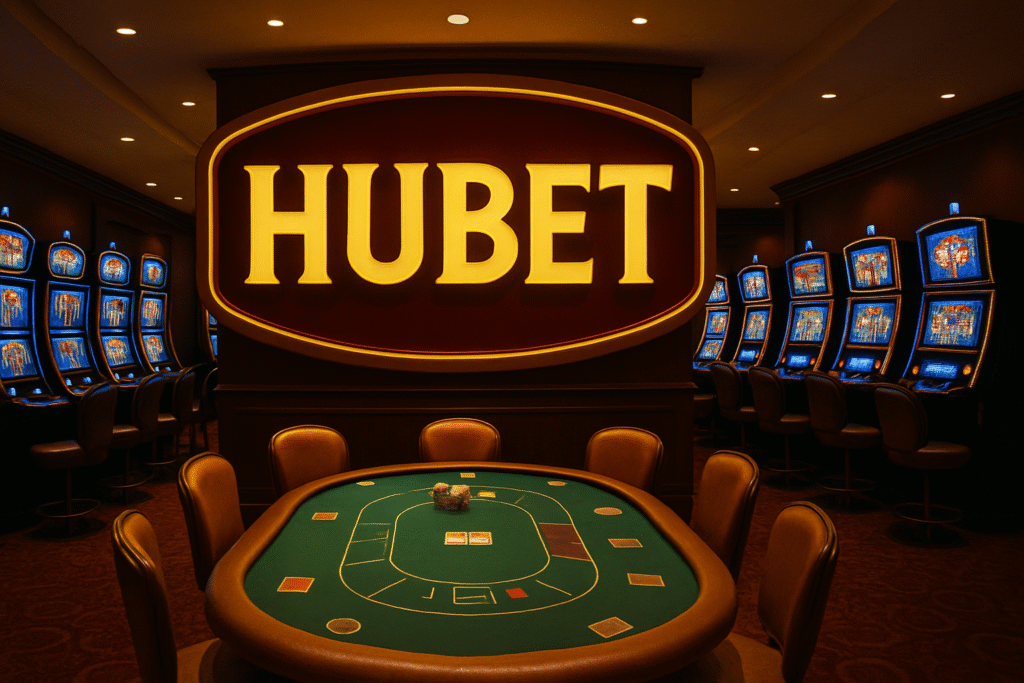
Casino games are not just about luck—they are intricately designed to captivate players and keep them engaged. Whether online or in a physical casino, every element of game design—from colors and sounds to reward systems—is based on psychological principles. One growing online platform that offers a prime example of user-centered design is Hubet known for delivering an immersive experience that keeps players coming back. Understanding the psychology behind these games reveals why they are so compelling.
The Role of Visual and Auditory Stimuli
One of the first things that capture a player’s Casino hubet attention in a casino game is its visual appeal. Bright lights, vibrant colors, and smooth animations draw users in. In slot machines, for instance, spinning reels and flashy graphics create a sense of excitement. These visual elements are often complemented by carefully engineered sounds—such as celebratory jingles and satisfying clicks—that stimulate the brain’s reward centers.
Variable Rewards and the “Near Miss” Effect
Casino games often use variable reward schedules, a principle rooted in behavioral psychology. This system gives players unpredictable wins, which is far more engaging than consistent outcomes. Slot machines, for example, are designed to deliver wins at irregular intervals, keeping users hooked in anticipation of the next big payout.
The “near miss” effect is another tactic, where outcomes come close to winning without actually hitting the jackpot. Studies show that near misses activate the same regions of the brain associated with actual wins, motivating players to keep trying.
Gamification and Progress Systems
Many online casinos integrate gamification elements such as levels, badges, and progress bars. These features make players feel like they’re achieving something, even if they’re not winning real money. It taps into the basic human desire for accomplishment and recognition.
Leaderboards and tournaments also play a role in increasing engagement. Players enjoy the competitive aspect, striving to outperform others, which adds another layer of involvement beyond mere chance.
Illusion of Control
Games like blackjack and poker introduce elements of skill, creating the illusion of control. Players believe they can influence the outcome through strategy, which can increase the time and money they spend on the game. This perception of control contrasts with pure games of chance like slots, but both types of games benefit from psychological hooks.
Social Proof and Multiplayer Engagement
Social elements also influence player behavior. Online platforms often showcase recent winners or feature chatrooms where players can interact. Seeing others win provides social proof that winning is possible, encouraging more people to play. Multiplayer games foster a sense of community, making the experience more enjoyable and encouraging repeat visits.
Loss Aversion and Sunk Cost Fallacy
Two powerful psychological principles—loss aversion and the sunk cost fallacy—keep players invested. Loss aversion makes the pain of losing feel stronger than the pleasure of winning, while the sunk cost fallacy leads players to continue gambling in hopes of recovering past losses. Game designers understand these tendencies and subtly build them into the experience.
Conclusion
The psychological techniques behind casino game design are masterfully engineered to keep players entertained and engaged. From visual stimuli to reward systems and social dynamics, every detail serves a purpose. Understanding these principles can help players become more aware of their own behaviors and make informed decisions while enjoying the thrill of casino games. As online platforms continue to innovate, this blend of psychology and entertainment will only grow more sophisticated.